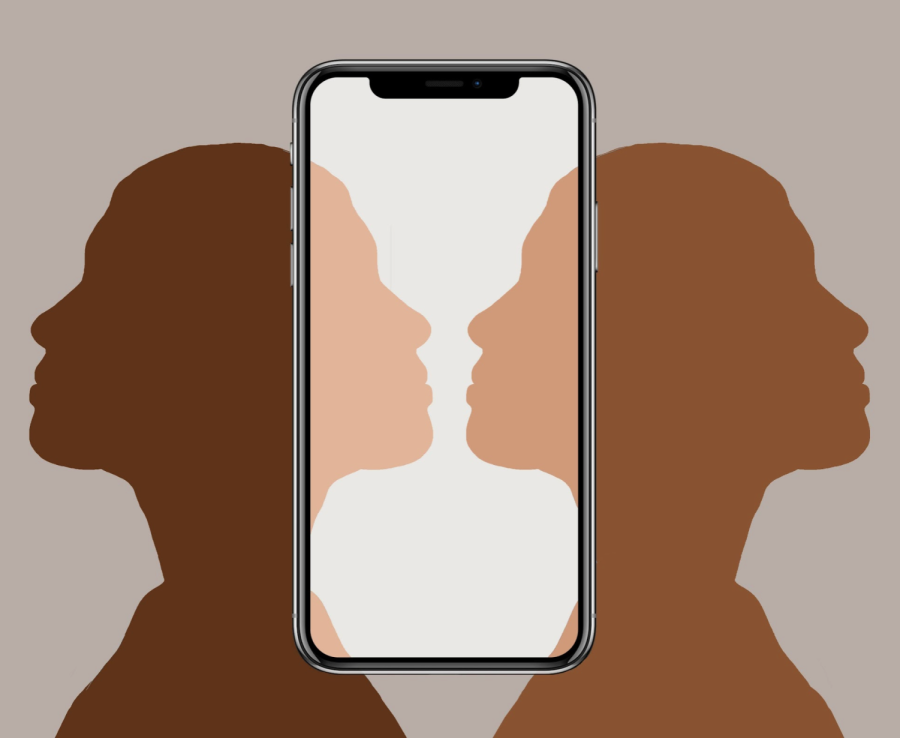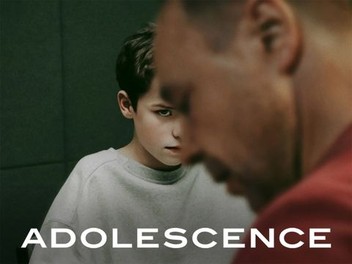It is time for better Latine representation in media
Growing up in a Latin household, I enjoyed helping my mom cook Peruvian dishes, and watching TV when I was allowed. Between the ages of five to eight, being Latine meant one thing: I could watch my three favorite shows on Televisa and Univision: “Sábado Gigante,” “Rebelde” and “La Familia Peluche.” If my dad allowed it, we’d also watch reruns of “Caso Cerrado.”
Like most American kids, I grew up watching Disney, too, especially the princess films. While my favorite princess was Ariel, it sparked my curiosity as to why there wasn’t a princess who looked like me. Sure, there was Pocahontas and Jasmine, but there wasn’t a Latina princess. That changed in 2016, when Disney introduced “Elena of Avalor.” But, even then, Elena wasn’t considered a princess because she did not have a traditional Disney movie and her TV series was canceled after three seasons—tragically, on my birthday.
Latine kids of my generation had “Dora The Explorer,” “Maya and Miguel” and “Handy Manny” alongside our Spanish programs; however, we still lacked representation.
The lack of Latine representation also exists at the university. As the only Latina senior of my high school, it was important to me to find a university that had a Latino community. The overall percentage of POC, both undergraduate and graduate, at the University of New Haven is 27.31%, and 11.3% is Hispanic or Latino. To someone who went to a predominantly white high school, that percentage is substantial. Yet, in my four years of attending this university, I have only had three professors of Latin descent.
It’s not just lack of Latine representation in the media that is troublesome, but the scarcity of leadership figures in the everyday workplace to remind the Latine community the heights we can reach.
As a new adult, I’ve specifically noticed how the media portrays the women in the Latine community. Most people think of Latina actresses as one of three women: Jennifer Lopez, Salma Hayek or Sofia Vergara. Their success in the industry has made them the faces of Latin America that young Latine women feel a pressure to physically emulate.
American media focuses on Latina actresses that meet their personal standard for the acceptable Latina woman. According to the U.S. Census, 18.5% of the population is of Hispanic or Latino descent. In other words, it is impossible that, out of the 331 million people that live in the U.S. 61 million look like the media’s standard of Latina women.
However, regardless of the media’s superficial love of Lopez, Hayek and Vergara each has paved the way for more Latine women to enter the media. Lopez inspired women with her role in the 1997 film “Selena.” Selena Quintanilla may not have been Peruvian like me, but she was the first woman who I felt resembled me. She wasn’t white-passing, significantly tall, nor did she have pin-straight hair. She had curls, curves and was what my mom described as “de piel trigueña,” or olive-skinned.
Salma Hayek recently became the first Latina superhero, Ajak, in the Marvel Cinematic Universe, one of the biggest modern entertainment industries. My excitement and adoration couldn’t compare to how 9-year-old me would have felt. I grew up believing that men were in the position of power. The only superheroes I knew about were all white men; I didn’t hear about Supergirl or Wonder Woman until later. So to see a Latina, immigrant woman portray a character that was not only gender-swapped, but the leader of a superhero group, is groundbreaking.
Sofia Vergara is a talented actress and businesswoman. She’s also recently become a U.S. citizen, which is a goal for many Latine immigrants. I admire her for her courage in pursuing a career in the entertainment industry as a woman whose first language is not English.
Essentially, it is easier for Latine individuals born in the U.S. to get into the American film industry when English is their first language. It is a struggle for immigrant Latine individuals to enter the American industry because of that barrier, which is why there’s so little representation.










